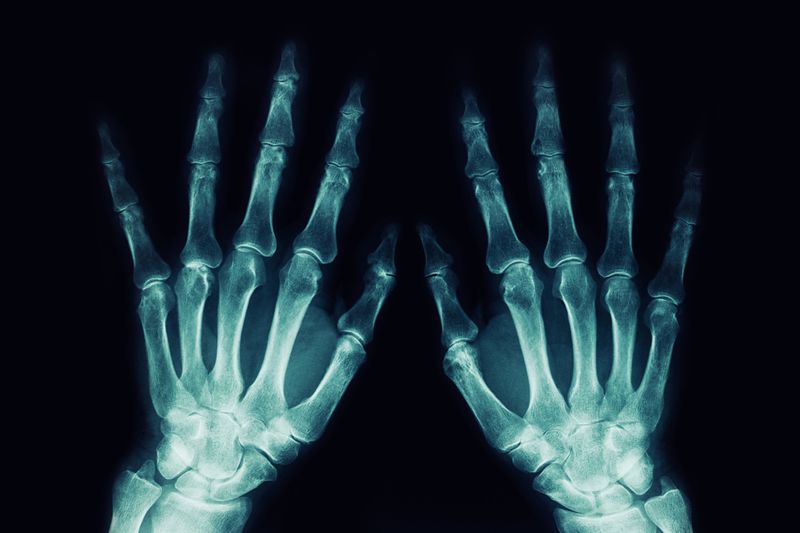Free Consultation

Advocacy Series: Radiology Errors
In this series we show you the importance of being your own advocate when it comes to your health and the many ways you can prevent common medical errors.
Why should you take charge?
Medical errors are considered the third leading cause of death in the United States. The American Association for Justice estimates that 440,000 errors resulting in death occur each year. We’ve learned a thing or two after handling medical malpractice cases for more than 30 years. We’ve learned that while medicine is complex, errors often can be prevented in simple, common sense ways. When you take charge of your own medical information you can actually decrease the odds it will happen to you.
Advocacy Series Highlight- Radiology Errors
As we’ve previously discussed, surgical and prescription errors are notorious, but one often overlooked category of medical mistakes is radiology errors. Radiologists are responsible for reviewing and interpreting imaging procedures like MRIs, CT scans, and X-rays. Of the one billion imaging procedures conducted each year globally, the error rate may be as high as 15%, equating to over one hundred million radiology mistakes. Between 40,000 and 80,000 Americans die each year because of these radiology errors.Radiology errors are comprised of delays, omissions, and false diagnoses based on imaging studies. These mistakes can be broken down into two types: perceptual and interpretive. The most common type of radiology error is perceptual, which is when a radiologist fails to notice a clearly-visible abnormality like a fracture or a growth. While the major causes of these errors are unknown, it is speculated that factors like fatigue and cognitive bias play a role. Interpretive errors are different in that the radiologist does note the abnormality, but it is misidentified. This, again, could be for a number reasons, including the doctor’s assumptions based on the patient’s medical history.
How can I protect myself as a patient?
We always say that the best thing you can do to advocate for your own health is to communicate. Ask for a copy of your radiology report as well as the study itself. Review the report with your physician. Always ask questions if you don’t understand your diagnosis, and have one of your doctors explain the test results to you. If you feel uncertain, consider having a second radiologist review the study as soon as possible.
What do I do if I think I am a victim of a radiology error?
The frequency of these critical errors is nothing short of shocking. Radiology errors cause serious harm to many people; harm that is blatantly preventable. If a proper system of checks and balances was in place, imaging studies would be more accurately reviewed thus leading to a timely, correct diagnosis. If a radiology error led you to be misdiagnosed or to experience a severe delay in treatment, call us to see what legal options you have.
Sites referenced:
Understanding and Confronting Our Mistakes: The Epidemiology of Error in Radiology and Strategies for Error Reduction
Cognitive and System Factors Contributing to Diagnostic Errors in Radiology
Rachel D. Olszewski, an attorney at Scartelli Olszewski, P.C., is a dedicated advocate for clients who have suffered unjust harm. Following the legacy of her esteemed family members, Rachel specializes in personal injury, medical malpractice, and criminal defense. She is actively involved in professional associations and serves on the board of the Luzerne County Bar Association Charitable Foundation. Rachel is admitted to practice in Pennsylvania state courts and the U.S. District Court for the Middle District of Pennsylvania.
Linked In - https://www.linkedin.com/in/olszewskirachel/

